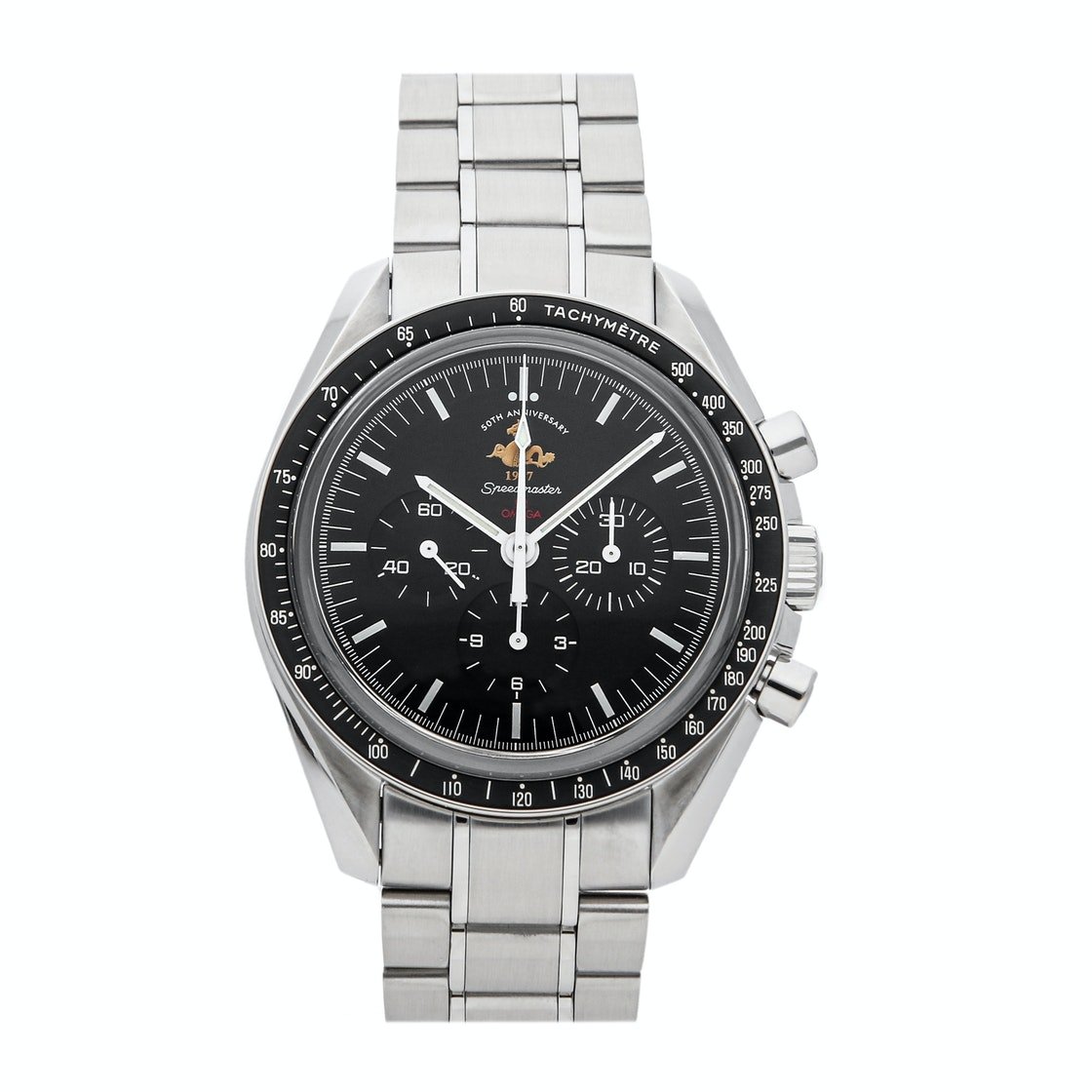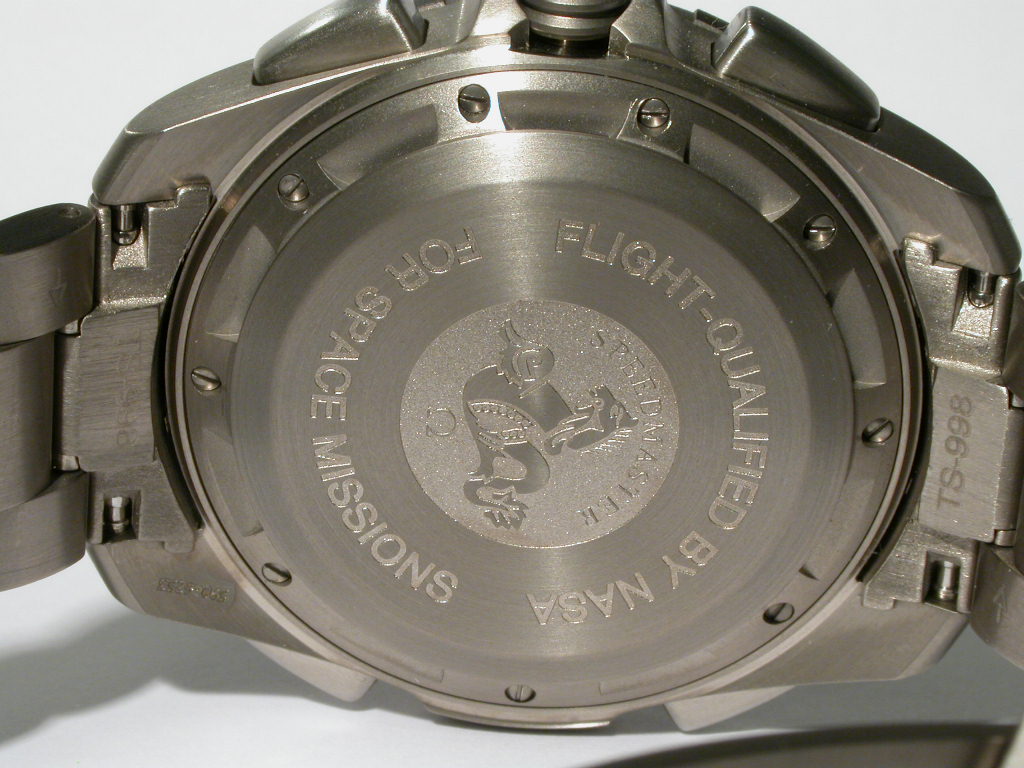- Posts
- 1
- Likes
- 1
Squak1200
·I'm curious if anyone knows of Speedmaster references that have sapphire front crystals and closed casebacks with the "flight qualified by Nasa..." text.
I know of only one such reference, the Moonwatch 50th Anniversary (ref 311.30.42.30.01.001), but I'd prefer a plain dial without the hippocampus. The sapphire + flight qualified configuration appeals to me, and I'd like to know if other references with this configuration exist. Thanks!
I know of only one such reference, the Moonwatch 50th Anniversary (ref 311.30.42.30.01.001), but I'd prefer a plain dial without the hippocampus. The sapphire + flight qualified configuration appeals to me, and I'd like to know if other references with this configuration exist. Thanks!

